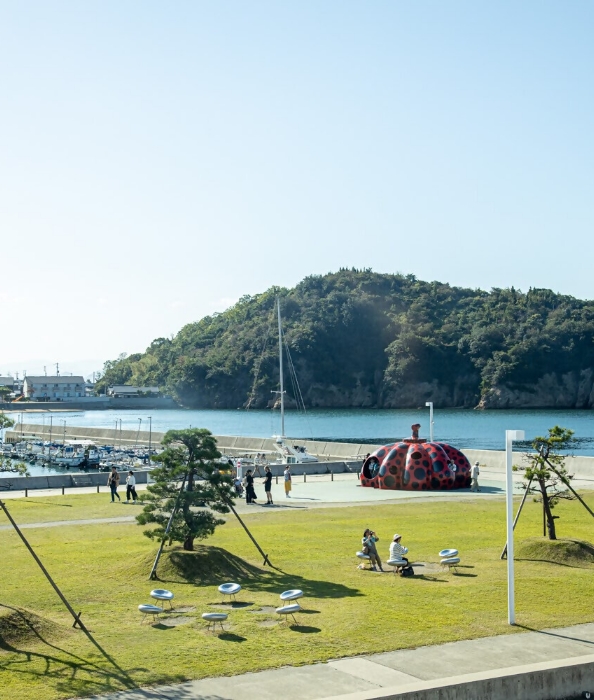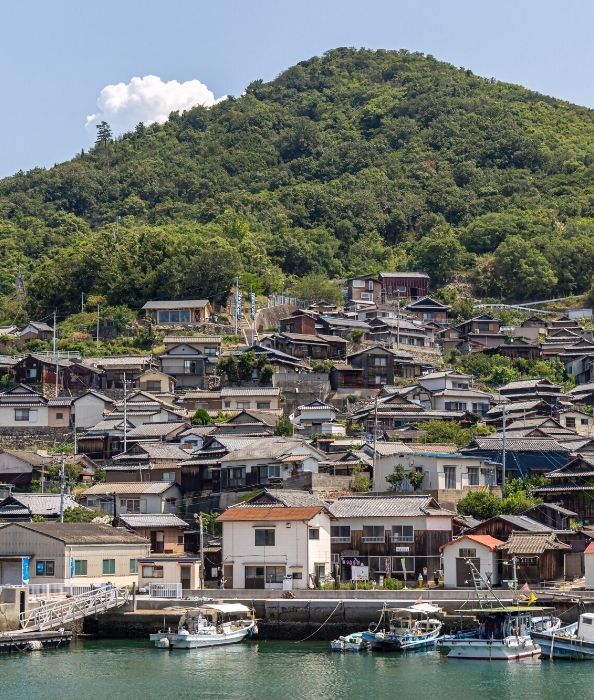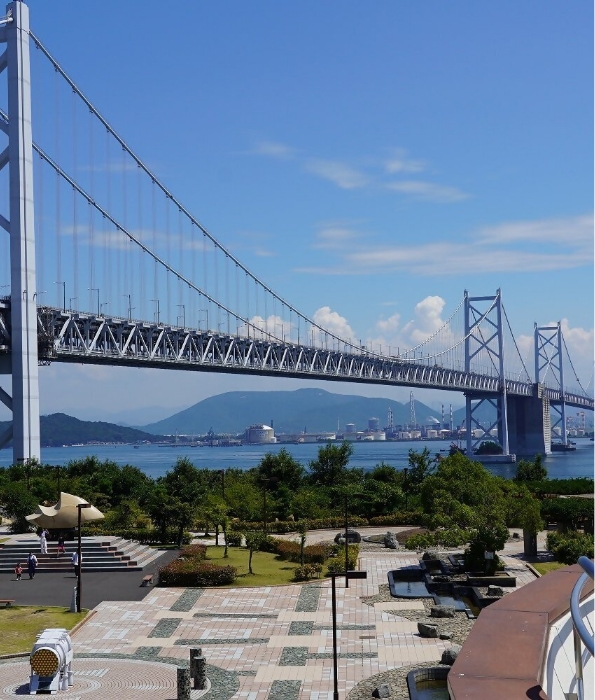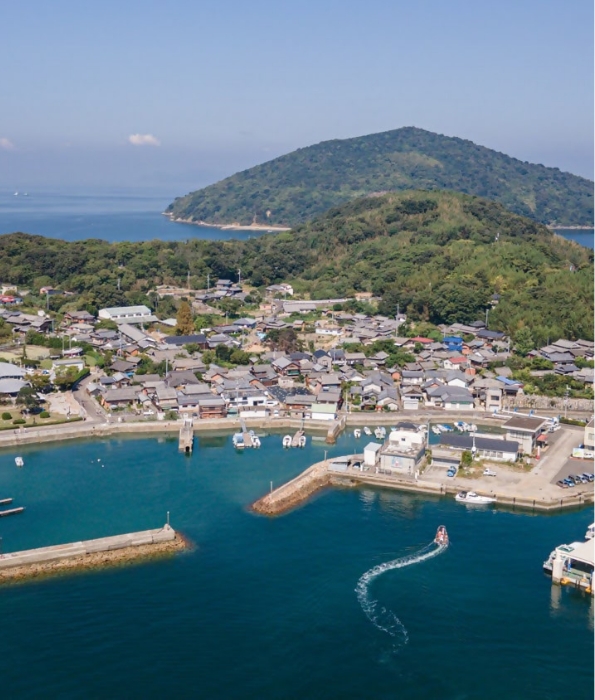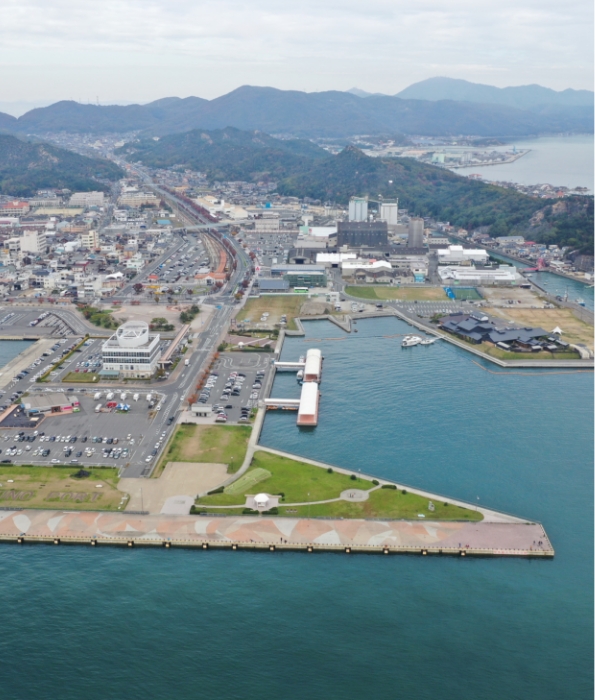Islands and Venues

Hiketa Area
An old townscape from the port’s prosperous era and Japan’s top glove manufacturing area.
Higashi Kagawa City is located on the eastern edge of Kagawa Prefecture. It is blessed with a beautiful natural environment with Harima Bay on the north, Sanuki City to the west and Tokushima Prefecture to the south and east along the Asan Mountains. It has a population of about 28,000.
Hiketa, which was known as the ‘port-waiting-for-the-wind,' flourished as a land and sea transportation hub for sugar, salt, cotton and other local products.
Art installations will be centered in Hiketa Town, home to ancient merchant houses and machiya townhouses that reflect its prosperous past, with a focus on its current role as Japan’s largest glove manufacturing region.
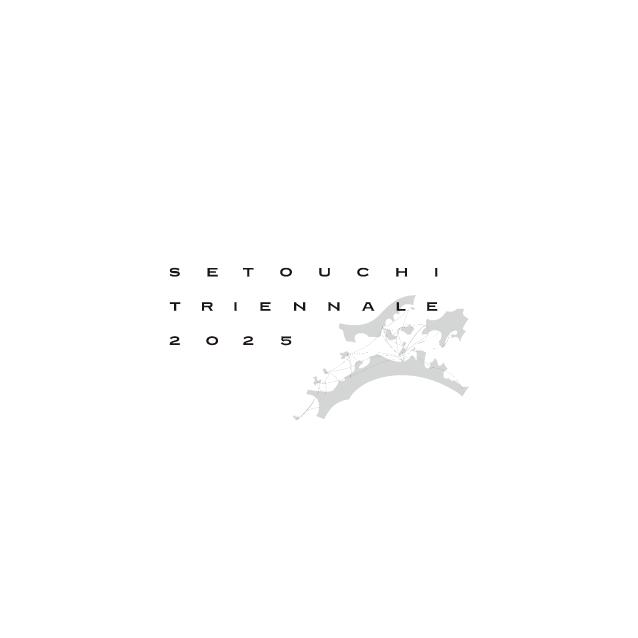
Glove Industry
The beginnings of the glove industry in Higashi Kagawa date back 135 years. Today, 90 percent of gloves produced in Japan for fashion, warmth and every type of sport are made here, making it one of the largest glove production centers in the world. The Kagawa Glove Museum introduces the local industry’s history, displaying such items as gloves made for famous athletes, gloves made from various materials, and old sewing machines, offering visitors a glimpse into Japan’s largest glove manufacturing area.

Old Townscape
Hiketa prospered as a key port on the Seto Inland Sea. Ships came from all over Japan bearing goods, contributing to the development of local soy sauce and sake manufacturing industries.Many narrow lanes, just wide enough for one person, branch off the main street, which is lined with merchant houses. These lanes lead straight to the sparkling sea beyond and carry the scent of life, joining the merchant houses with those of the fishermen.

Food
Hiketa is the birthplace of hamachi (young yellowtail) farming. Building on this experience, local fishermen succeeded in farming their own brand of buri, mature yellowtail. Called Hiketa buri, it is raised in specially designed spacious holding tanks that more closely resemble the natural environment. The buri are thus healthier and their flesh is firm.Wasanbon, a prized sugar made from sugar cane using methods dating back several centuries, has a deep, refined flavor. At the Sanshu Izutsu Residence, which now houses a museum, tourist information center, and gift shop, visitors can try using sugar molds to shape sugar.

News
No information available.
Events
No information available.
Artworks
Under Preparation

